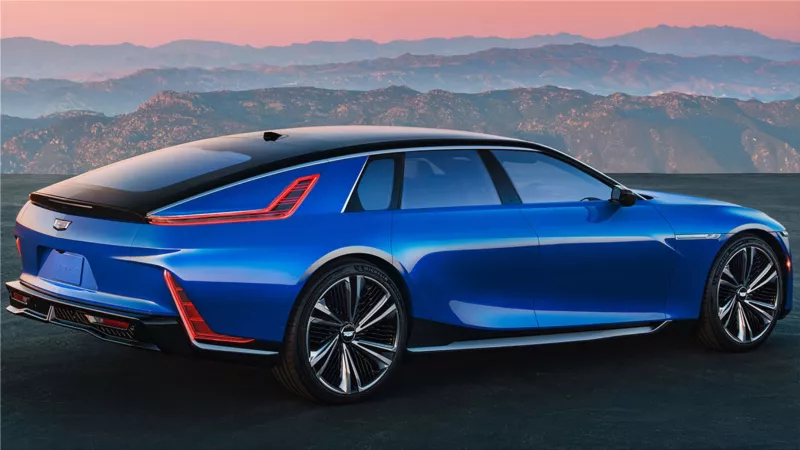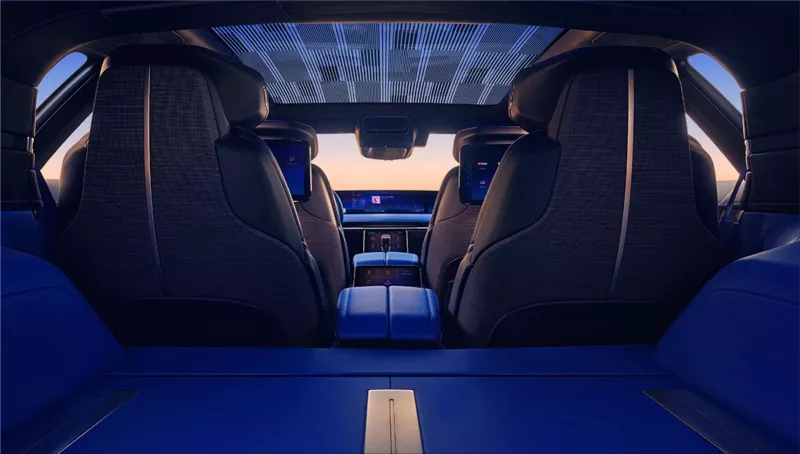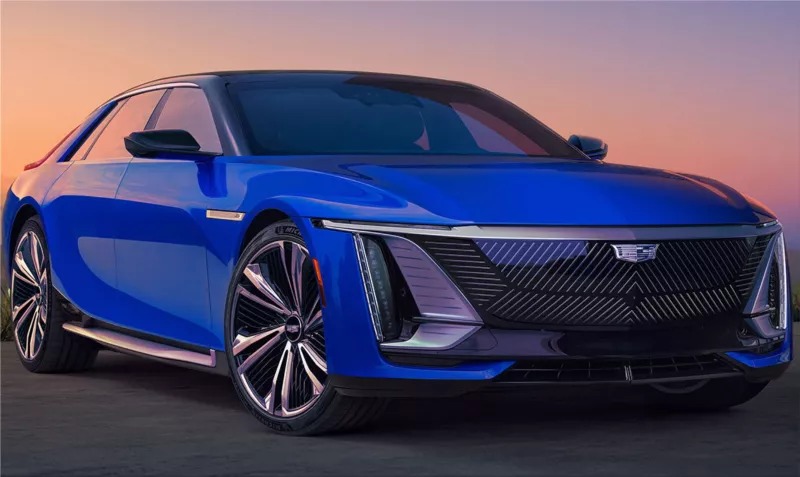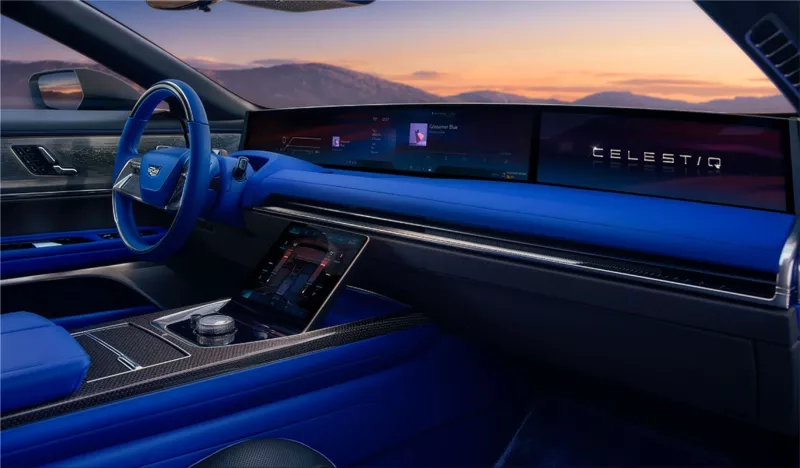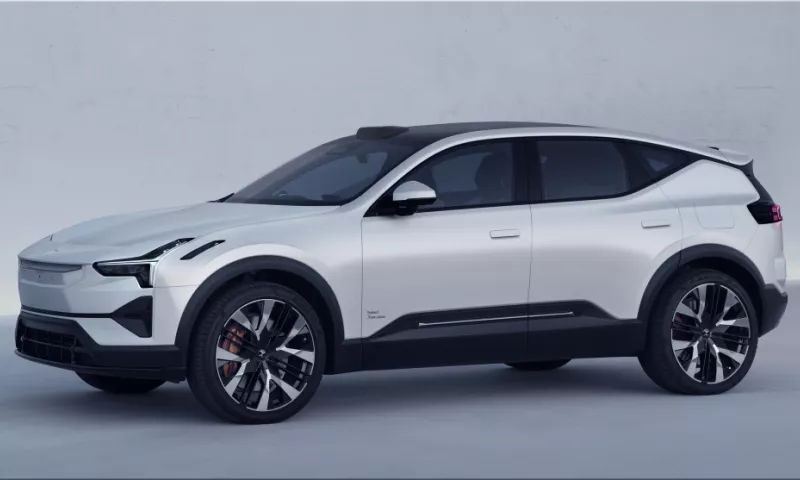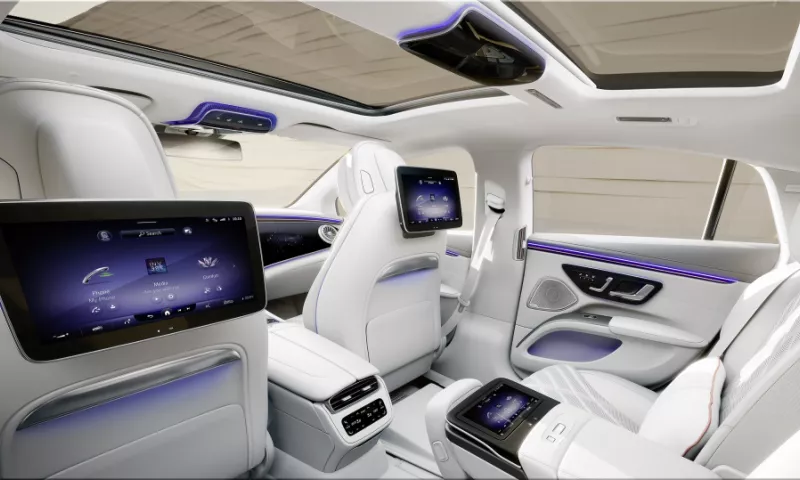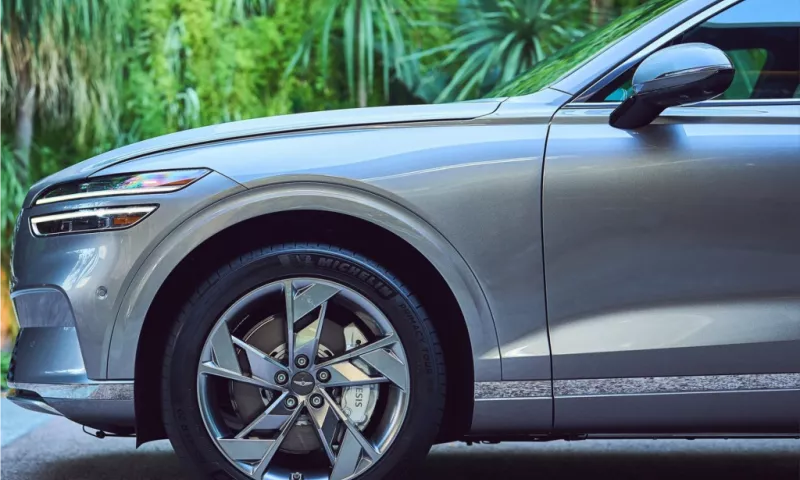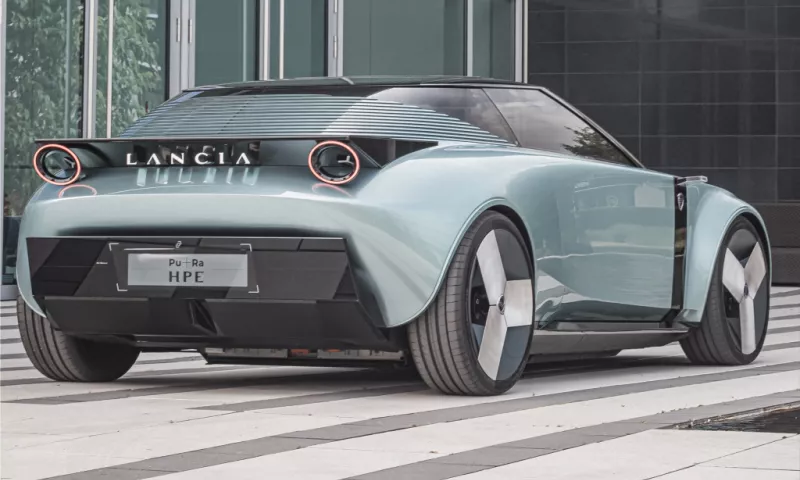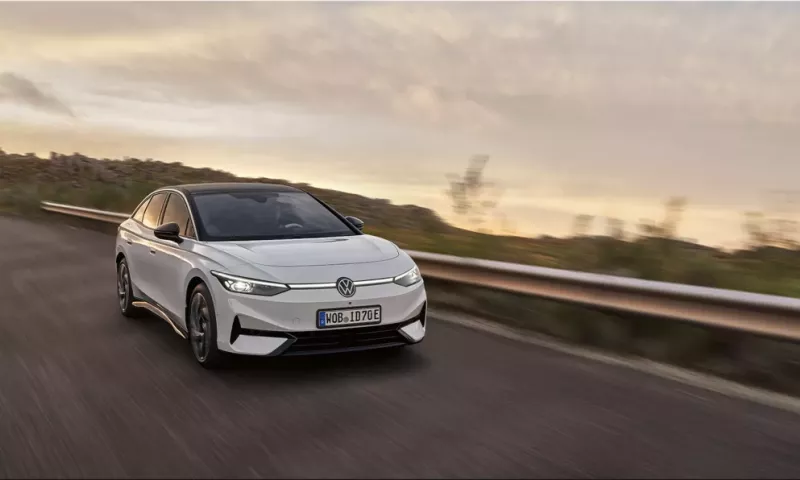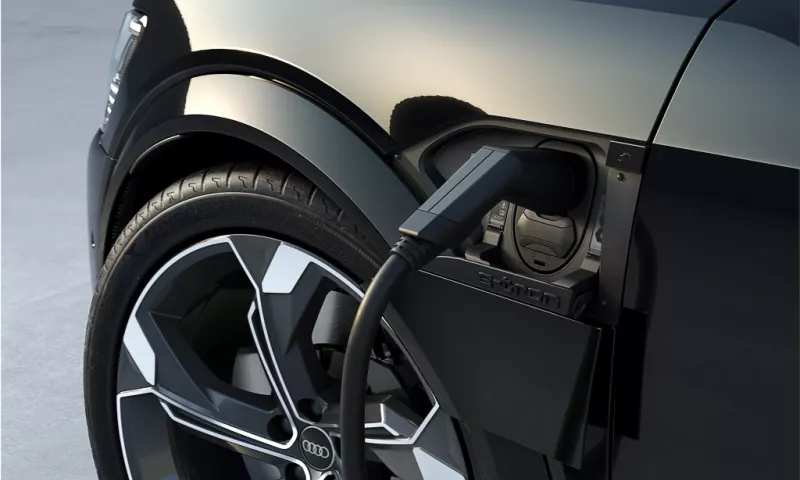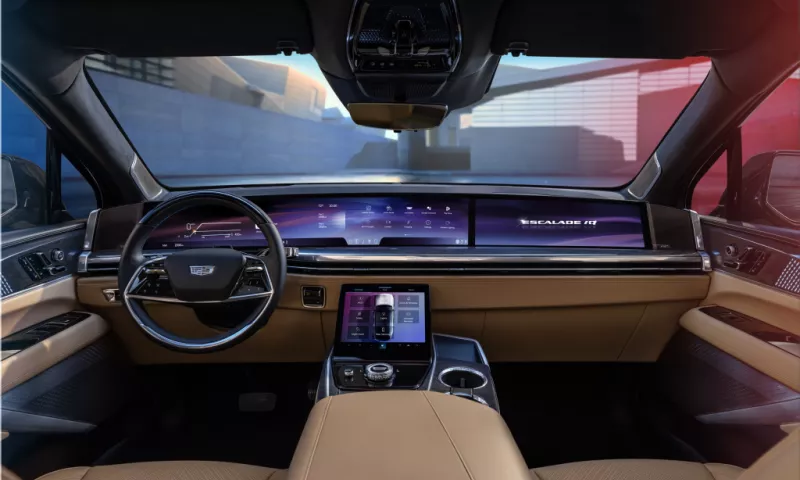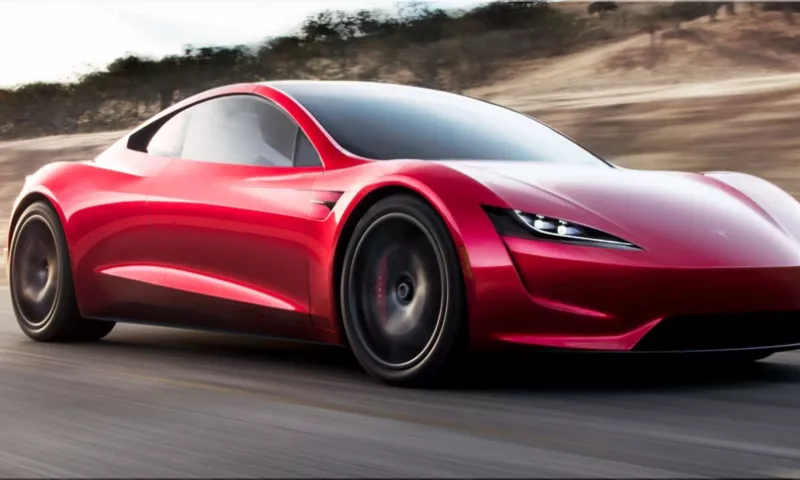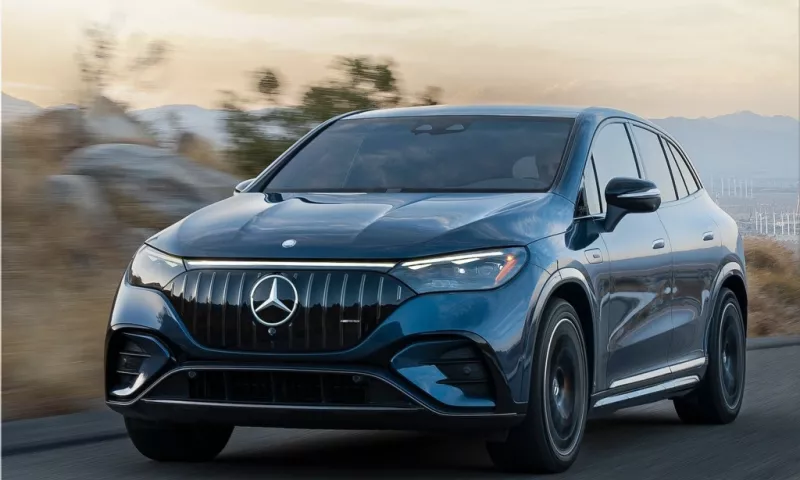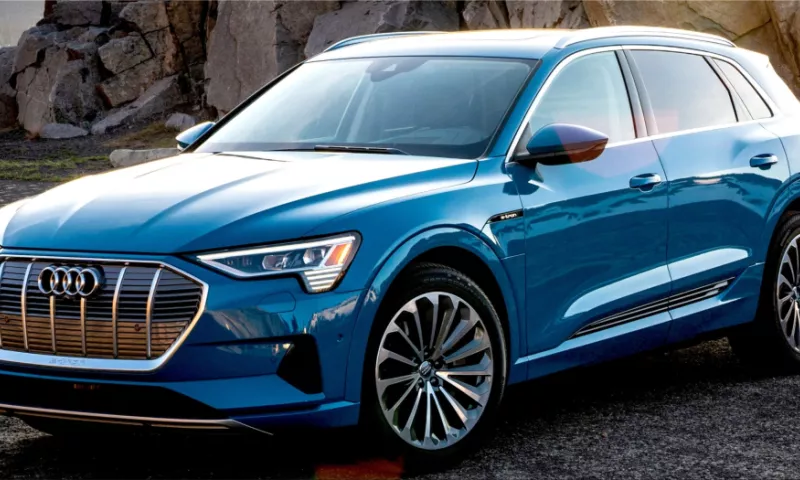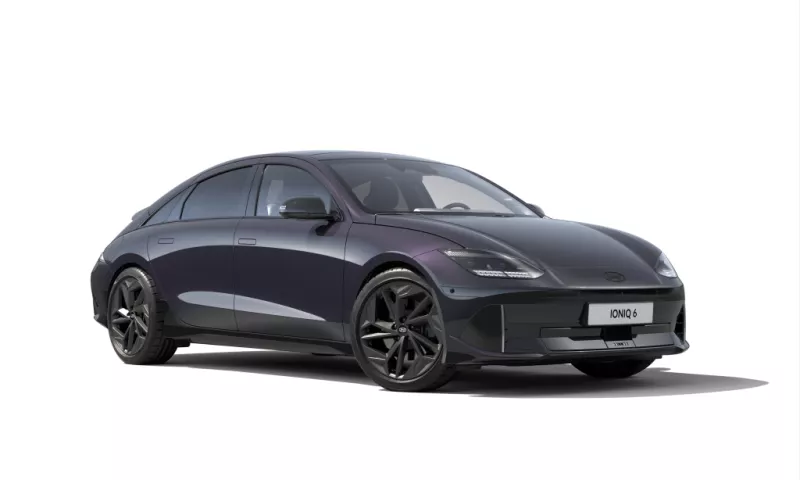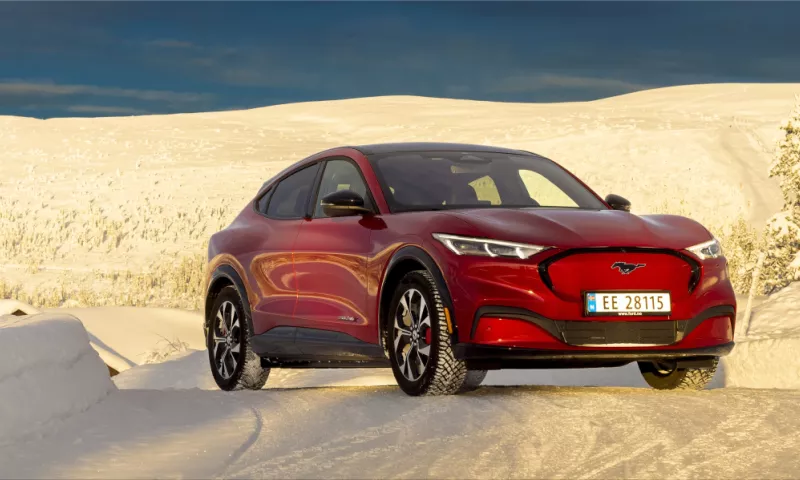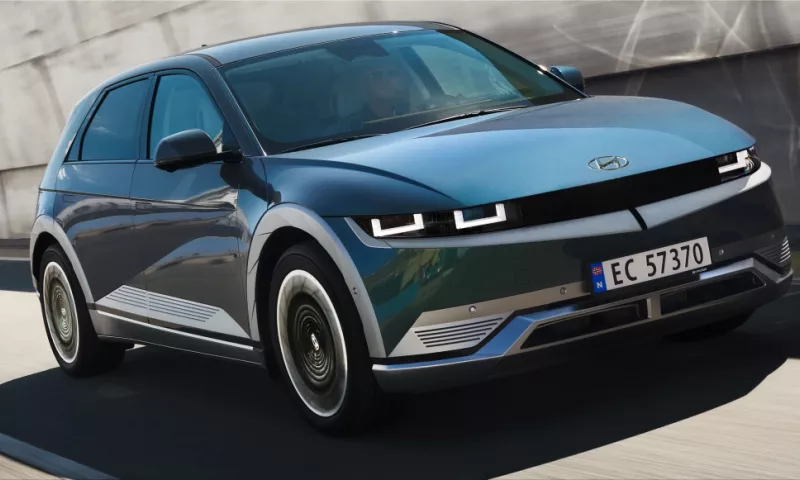Cadillac recently revealed more information about its new luxury electric vehicle, the Celestiq. Based on General Motors' Ultium platform, the flagship electric sedan will have a twin-engine all-wheel drive with an output of nearly 450 kW and a battery pack of more than 100 kWh. The luxury electric car will be sold worldwide, with the United States and China being the most important markets.
The 5.5-meter-long Celestiq is a luxury electric car sold in small batches to a select group of customers. The model is handcrafted in Warren, Michigan. Production is set to begin at the end of next year. According to the manufacturer, prices will start at $300,000 and go up (remember: car prices in the United States are given without tax).


